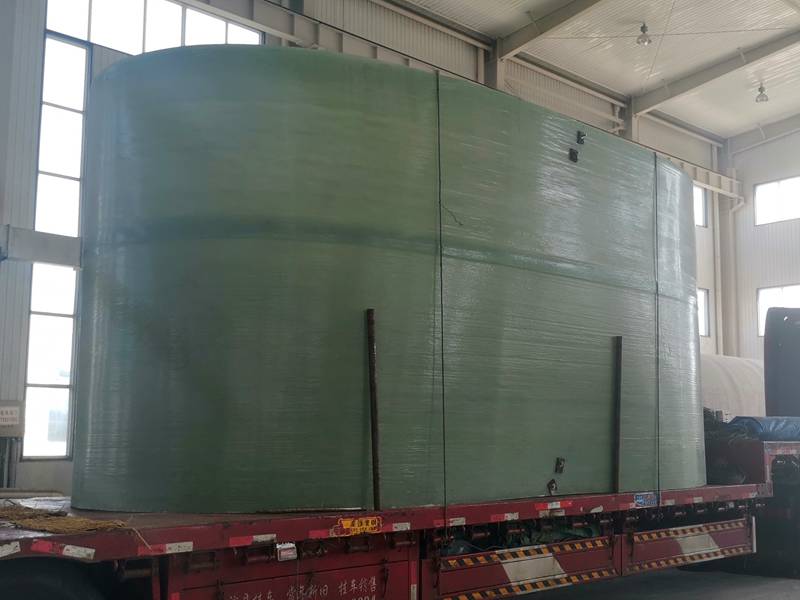
-
 Afrikaans
Afrikaans -
 Albanian
Albanian -
 Amharic
Amharic -
 Arabic
Arabic -
 Armenian
Armenian -
 Azerbaijani
Azerbaijani -
 Basque
Basque -
 Belarusian
Belarusian -
 Bengali
Bengali -
 Bosnian
Bosnian -
 Bulgarian
Bulgarian -
 Catalan
Catalan -
 Cebuano
Cebuano -
 China
China -
 China (Taiwan)
China (Taiwan) -
 Corsican
Corsican -
 Croatian
Croatian -
 Czech
Czech -
 Danish
Danish -
 Dutch
Dutch -
 English
English -
 Esperanto
Esperanto -
 Estonian
Estonian -
 Finnish
Finnish -
 French
French -
 Frisian
Frisian -
 Galician
Galician -
 Georgian
Georgian -
 German
German -
 Greek
Greek -
 Gujarati
Gujarati -
 Haitian Creole
Haitian Creole -
 hausa
hausa -
 hawaiian
hawaiian -
 Hebrew
Hebrew -
 Hindi
Hindi -
 Miao
Miao -
 Hungarian
Hungarian -
 Icelandic
Icelandic -
 igbo
igbo -
 Indonesian
Indonesian -
 irish
irish -
 Italian
Italian -
 Japanese
Japanese -
 Javanese
Javanese -
 Kannada
Kannada -
 kazakh
kazakh -
 Khmer
Khmer -
 Rwandese
Rwandese -
 Korean
Korean -
 Kurdish
Kurdish -
 Kyrgyz
Kyrgyz -
 Lao
Lao -
 Latin
Latin -
 Latvian
Latvian -
 Lithuanian
Lithuanian -
 Luxembourgish
Luxembourgish -
 Macedonian
Macedonian -
 Malgashi
Malgashi -
 Malay
Malay -
 Malayalam
Malayalam -
 Maltese
Maltese -
 Maori
Maori -
 Marathi
Marathi -
 Mongolian
Mongolian -
 Myanmar
Myanmar -
 Nepali
Nepali -
 Norwegian
Norwegian -
 Norwegian
Norwegian -
 Occitan
Occitan -
 Pashto
Pashto -
 Persian
Persian -
 Polish
Polish -
 Portuguese
Portuguese -
 Punjabi
Punjabi -
 Romanian
Romanian -
 Russian
Russian -
 Samoan
Samoan -
 Scottish Gaelic
Scottish Gaelic -
 Serbian
Serbian -
 Sesotho
Sesotho -
 Shona
Shona -
 Sindhi
Sindhi -
 Sinhala
Sinhala -
 Slovak
Slovak -
 Slovenian
Slovenian -
 Somali
Somali -
 Spanish
Spanish -
 Sundanese
Sundanese -
 Swahili
Swahili -
 Swedish
Swedish -
 Tagalog
Tagalog -
 Tajik
Tajik -
 Tamil
Tamil -
 Tatar
Tatar -
 Telugu
Telugu -
 Thai
Thai -
 Turkish
Turkish -
 Turkmen
Turkmen -
 Ukrainian
Ukrainian -
 Urdu
Urdu -
 Uighur
Uighur -
 Uzbek
Uzbek -
 Vietnamese
Vietnamese -
 Welsh
Welsh -
 Bantu
Bantu -
 Yiddish
Yiddish -
 Yoruba
Yoruba -
 Zulu
Zulu
frp fitting
Understanding FRP Fittings A Comprehensive Overview
Fiber-Reinforced Polymer (FRP) fittings have gained significant traction in various industries due to their unique properties and advantages. As the demand for lightweight, durable, and corrosion-resistant materials continues to increase, FRP fittings are becoming a vital component in construction, piping, and manufacturing applications. This article delves into the characteristics, applications, and benefits of FRP fittings.
What are FRP Fittings?
FRP fittings are components made from a composite material that typically consists of a polymer matrix reinforced with fibers, such as glass, carbon, or aramid. The fibers provide strength and stiffness, while the polymer offers durability and resistance to environmental factors. This innovative combination results in products that are significantly lighter than traditional materials like metal or concrete, making them easier to handle and install.
Properties of FRP Fittings
1. Lightweight One of the most significant advantages of FRP fittings is their lightweight nature. This property not only reduces transportation costs but also simplifies installation, particularly in locations that are hard to reach.
2. Corrosion Resistance FRP materials are resistant to various environmental factors, including chemicals, moisture, and UV radiation. This resistance makes them ideal for use in harsh conditions, such as wastewater treatment facilities, chemical plants, and marine environments.
3. Strength and Durability Despite their lightness, FRP fittings exhibit excellent strength-to-weight ratios. They can endure considerable stress without deforming or breaking, leading to a longer lifespan compared to conventional fittings.
4. Thermal and Electrical Insulation FRP does not conduct electricity, making fittings made from this material a safe choice in electrical applications. Additionally, FRP has low thermal conductivity, providing insulation in temperature-sensitive environments.
Applications of FRP Fittings
The versatility of FRP fittings enables their use across various sectors
frp fitting

- Construction In the construction industry, FRP fittings are used for structural applications, including beams, supports, and reinforcements. Their lightweight and corrosion-resistant properties make them ideal for infrastructure exposed to harsh weather conditions.
- Piping Systems FRP fittings are increasingly used in chemical and wastewater piping systems. Their resistance to corrosion allows for safe transport of aggressive chemicals and wastewater without the risk of leaks or contamination.
- Electrical Industry FRP fittings are utilized as electrical conduits and insulating materials in various electrical applications due to their non-conductive nature.
- Marine Applications The marine industry benefits from FRP fittings, which are used in boat manufacturing and ports for their resistance to seawater, reducing maintenance costs and enhancing durability.
Benefits of Using FRP Fittings
Integrating FRP fittings into projects offers several benefits
1. Cost-Effectiveness Although the initial cost of FRP fittings may be higher than traditional materials, their longevity and minimal maintenance needs often result in lower total lifecycle costs.
2. Sustainability FRP materials can be designed for specific applications, minimizing waste during the manufacturing process. Additionally, their long lifespan reduces the need for frequent replacements, contributing to sustainability.
3. Customizability FRP fittings can be molded into various shapes and sizes to meet specific design requirements, providing versatility that is often limited with metal or plastic fittings.
Conclusion
In summary, FRP fittings represent a significant evolution in material engineering, offering a blend of lightweight properties, strength, corrosion resistance, and versatility. Their applications span numerous industries, demonstrating the material’s adaptability to various environmental challenges. As technology advances, the use of FRP fittings is expected to grow, making them a crucial component in future engineering and construction projects. Embracing FRP technology not only enhances performance but also contributes to sustainable practices within the industry.









